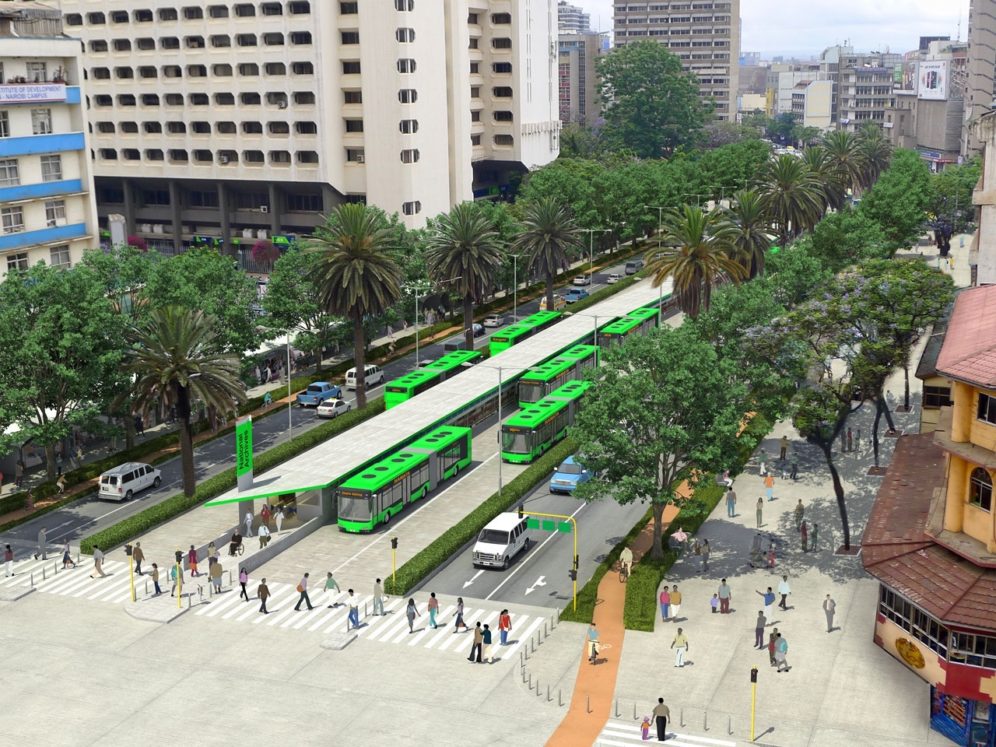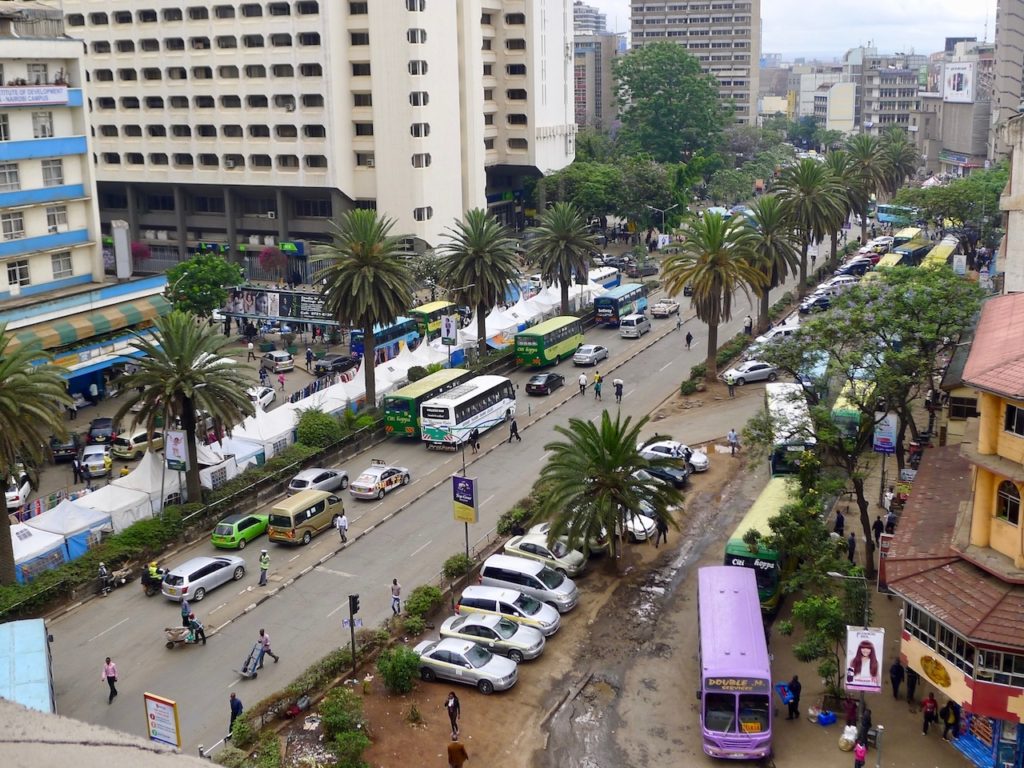
May 15, 2020
Solutions to Nairobi’s transport challenges
Nairobi is ranked among the ten most congested cities in the world based on the Numbeo global traffic index, which evaluates commute times, carbon emissions, and overall inefficiencies of the traffic system. The index indicates that the average commute time is fifty seven minutes, with high inefficiencies resulting from heavy personal motor vehicle use and slow public transport services. Data from the Kenya National Bureau of Statistics (KNBS) show that the country registers approximately eight thousand new vehicles a month, a volume that cannot be sustained in the long term as evidenced by the current congestion levels.
The 2014 Master Plan by the Japan International Cooperation Agency (JICA) estimates that 40 percent of trips in Nairobi are made by foot, 41 percent are by public transport, and only 13 percent are by personal vehicles. While most commuters rely on walking or public transport, infrastructure spending has continued to focus on building wider roads to serve the growing number of vehicles. One of the flagship projects, the Thika Superhighway, brought temporary relief. Yet today peak hour traffic is back to a standstill—but with more vehicles stuck in traffic.

Experience from around the world shows that urban highways are ill-suited to solve the pressing mobility issues we face. Will Nairobi learn from the lessons of other cities that constructed elevated highways, only to tear them down years later in order to create habitable urban spaces? The need of the hour is high-quality public transport, safe spaces for walking and cycling, and compact, well-planned neighbourhoods.
It is imperative that decision-makers evaluate other sustainable alternatives that can ease congestion. Nairobi lacks quality public transport and the existing matatu system is perceived as unsafe, unreliable, and uncomfortable, prompting more and more commuters to opt for private cars. The introduction of a high-quality public transport system presents an opportunity that will cater to a majority of the residents and reduce the use of private vehicles.
The city also needs a comprehensive network of walkways and cycle paths. Streets need wide footpaths and crossings with traffic calming measures to ensure that vehicles travel at safe speeds. Green spaces such as Uhuru Park provide beautiful urban connections and can serve as an integral part of the walking and cycling network. With many residents opting to walk in the central business district especially during rush hours due to ever-increasing traffic, a conducive walking environment would encourage more people to get out of their vehicles. These are, after all, healthier and more efficient alternatives.
For residents whose commute is too long to either walk or cycle, an efficient mass rapid transit system is essential. The Nairobi Integrated Urban Development Master Plan identified major corridors that could benefit from bus rapid transit (BRT). BRT is a high quality bus-based public transport system that delivers fast, comfortable and cost-effective urban mobility through the provision of segregated right-of-way infrastructure, rapid and frequent operations, and excellence in marketing and customer service. The five BRT corridors were subsequently gazetted by the Nairobi Metropolitan Area Transport Authority (NaMATA). The implementations of the BRT network is crucial to providing an alternative to sitting in traffic and creating a paradigm shift towards sustainable modes of transport.
Nairobi can learn from other developing cities that managed to tackle congestion, including Bogotá, Columbia, and Mexico City, Mexico, which have eased commutes by prioritising public transport,walking and cycling. Kenya can also learn from its neighbours Tanzania and Rwanda, who have managed to implement quality, efficient, and reliable public transport systems. In Dar es Salaam, the DART BRT system cut one-way commutes from two hours to 45 minutes, benefitting over 172,000 passengers on the first-phase network. Dar es Salaam is now implementing second and third phases of the DART system.
While decongesting Nairobi is no easy feat, it is time for a bold step, towards a cleaner, greener, and more liveable city.
